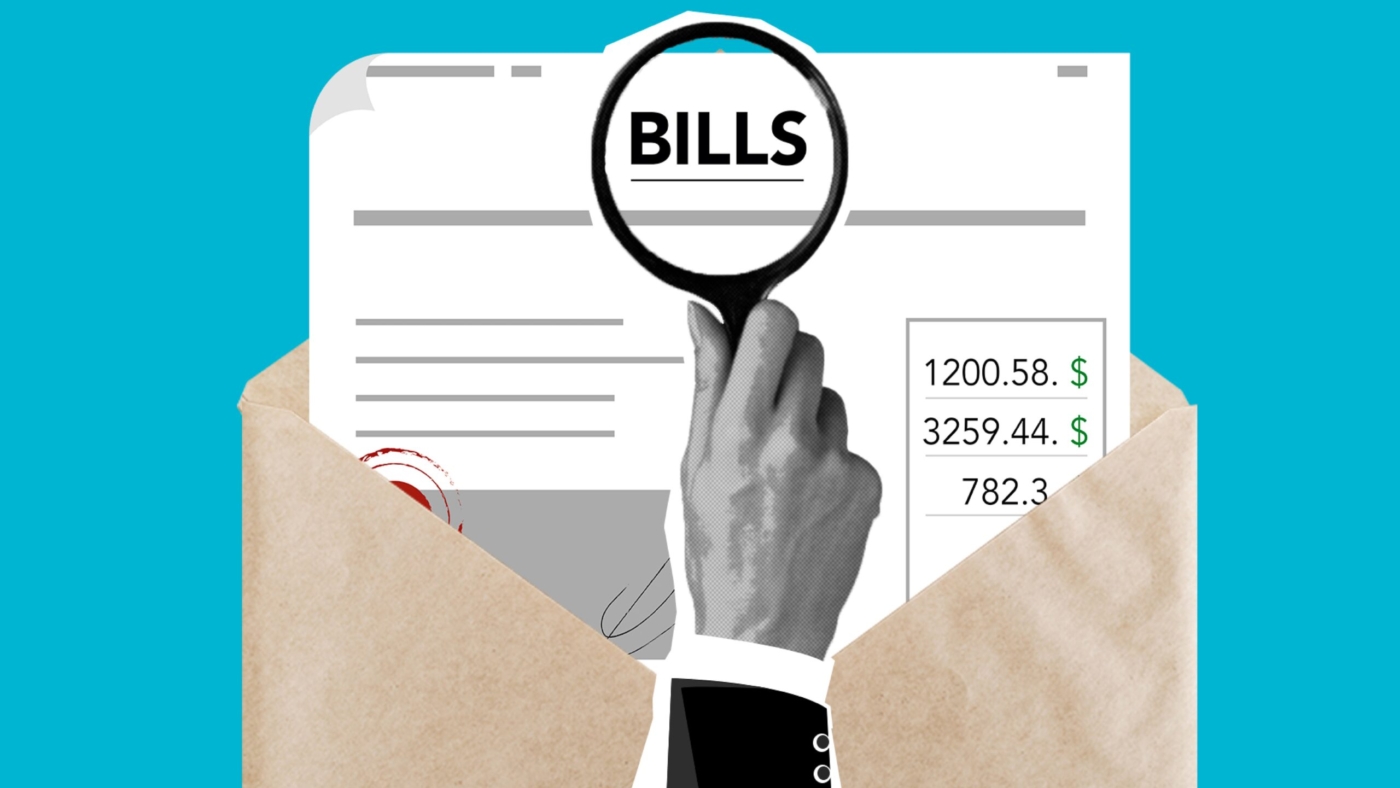Effective cost analysis is the cornerstone of financial health for any business. It’s not just about cutting costs but about understanding where your money goes and how it impacts your bottom line. In this comprehensive guide, we’ll walk you through the steps to perform a proper cost analysis, enabling you to manage your finances successfully.
Step 1: Define Your Objectives
Before diving into cost analysis, clarify your objectives. Are you looking to reduce costs, optimize spending, or assess the profitability of a specific project or product? Knowing your goals will shape your analysis.
Step 2: Identify Cost Categories
Break down your costs into categories. Common categories include direct costs (related to producing goods or services) and indirect costs (overhead expenses like rent, utilities, and salaries). Categorization provides a clear overview of where your money is spent.
Step 3: Gather Data
Collect data on all relevant costs. This includes invoices, receipts, payroll records, and any financial statements. Ensure your data is accurate and up to date.
Step 4: Allocate Costs Properly
Allocate indirect costs to specific activities or products accurately. This step is crucial for understanding the true cost of each element of your business.
Step 5: Calculate Total Costs
Sum up all direct and allocated indirect costs to calculate your total costs. This figure represents the overall expenses associated with your business or a particular project.
Step 6: Analyze Cost Trends
Examine cost trends over time. Are costs increasing, decreasing, or remaining stable? Identifying trends helps you make proactive financial decisions.
Step 7: Benchmark Against Industry Standards
Compare your costs to industry benchmarks. This external perspective can reveal areas where your costs may be higher or lower than average.
Step 8: Identify Cost Drivers
Identify the factors driving your costs. Is it increased production volume, inflation, or inefficiencies in your operations? Pinpointing cost drivers guides your cost-cutting efforts.
Step 9: Cost-Volume-Profit (CVP) Analysis
Perform a CVP analysis to understand the relationship between costs, volume, and profit. This tool helps you set pricing strategies and sales targets.
Step 10: Cost Reduction Strategies
Based on your analysis, develop cost reduction strategies. These could involve renegotiating contracts, improving operational efficiency, or eliminating low-value activities.
Step 11: Monitor and Review
Cost analysis is not a one-time task; it’s an ongoing process. Regularly review your costs, assess the effectiveness of your strategies, and make adjustments as needed.
Step 12: Scenario Planning
Consider different scenarios and their potential impact on costs. This prepares you for unforeseen changes in the market or your business environment.
Step 13: Communication and Collaboration
Involve relevant stakeholders in the cost analysis process. Cross-functional collaboration can provide valuable insights and buy-in for cost reduction initiatives.
Step 14: Implementation
Put your cost reduction strategies into action. Ensure that everyone in your organization understands their role in controlling costs.
Step 15: Performance Tracking
Monitor the results of your cost reduction efforts. Are you achieving the desired outcomes? Adjust your strategies as necessary to stay on course.
Step 16: Continuous Improvement
Lastly, embrace a culture of continuous improvement. Regularly revisit your cost analysis process and look for ways to enhance its effectiveness.
In conclusion, proper cost analysis is a dynamic and strategic process that empowers businesses to make informed financial decisions. By following these steps and integrating cost analysis into your regular financial management, you’ll be better equipped to manage your costs successfully, optimize spending, and ultimately achieve financial success.


Add a Comment